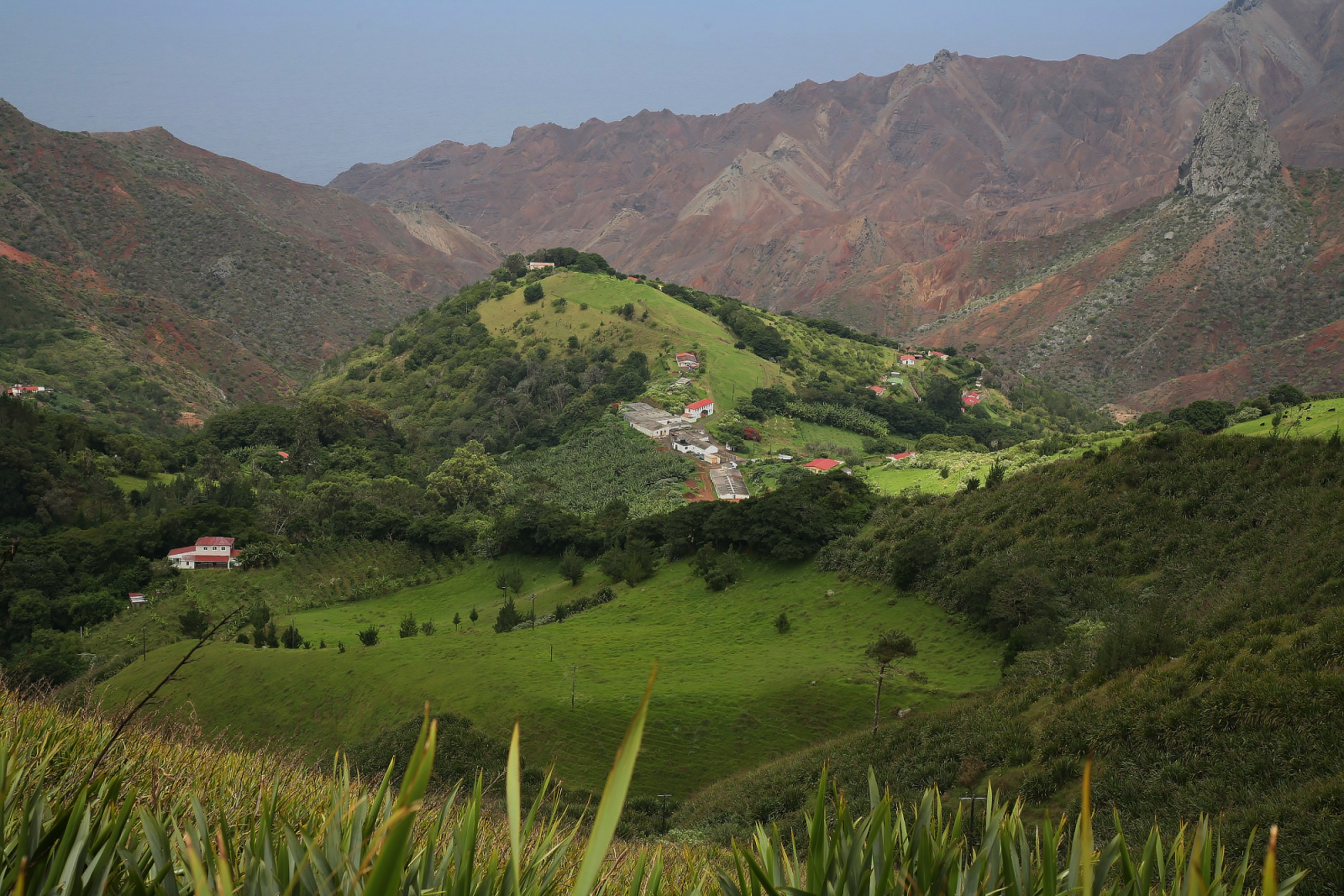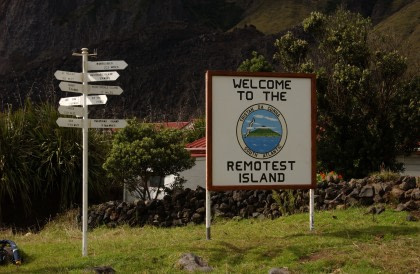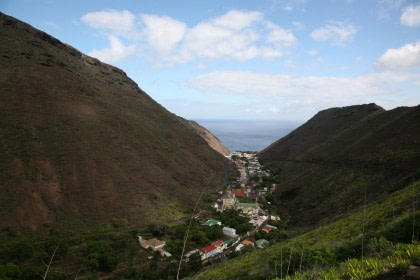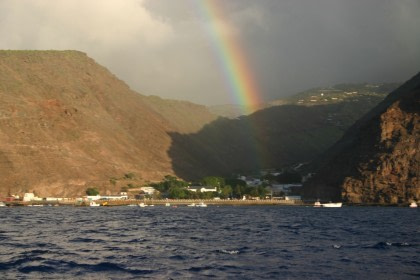Why we love the tropical island of St. Helena, and you should too!
Being one of the most remote islands on Earth confers a certain charm. Getting your name from a Roman empress (and the mother of Constantine the Great) also helps. And if you’re in search of a conversation starter, being the site of Napoleon’s final exile doesn’t hurt either.
The fact that all of these things can be said of a single place, namely St. Helena, certainly bodes well for how charming this volcanic island would be at a dinner party.

But that’s not all St. Helena has to say for itself. This unusually far-flung island, located way out in the South Atlantic, also has incredibly abundant birdlife, beautifully vibrant flora, and outstandingly verdant hiking trails, among other attractions.
Regardless of the fact that St. Helena lies outside our usual polar purlieu, here are five things we’ve come to love about this enchanting island.
1. St. Helena’s birdlife (and marine mammals)
St. Helena is home to so many breeding birds that BirdLife International has designated it an Important Bird Area. Noddies, petrels, terns, and tropic birds nest on St. Helena, along with the island’s only remaining endemic bird: the endangered St. Helena plover, known also as the wirebird for its wiry legs.

Specifically, red-billed tropic birds, white terns, band-rumped storm petrels, Atlantic sooty terns, brown and black noddies, and Atlantic masked boobies breed on St. Helena.

There are no endemic land mammals on St. Helena, but seals and whales can sometimes be seen in the surrounding waters: most commonly, sub-Antarctic fur seals, southern elephant seals, minke whales, humpback whales, and southern right whales.
2. All the vibrant flora of St. Helena
The 1502 introduction of goats by Portuguese explorers reduced much of St. Helena’s endemic flora, but after centuries of regrowth you can now see many original species.
St. Helena redwoods, St. Helena dwarf ebonies, and black cabbage trees are among them. These trees are most frequently seen in the high tree-fern thickets of St. Helena’s central ridge areas, explored in part during our guided St. Helena hikes, which we’ll cover later.

The St. Helena dwarf ebony is not related to any other species of ebony tree, however, and the St. Helena redwood is likewise unrelated to the redwood trees of California.
3. Jamestown and its Helena-specific charm
Remote yet richly steeped in history, Jamestown has witnessed activity few places so far from mainland civilization can claim. The town was founded in 1659 by colonists in the British East India Company, and for the first few centuries served as a trade and communications outpost.
Eventually, Jamestown became known for its wealth of Georgian architecture, its association with Napoleon Bonaparte, and its function as a British port vital in the rescue of slaves trafficked between Africa and the Americas.

The stately Georgian style, common between the early eighteenth to early nineteenth centuries, is noticeably concentrated in Jamestown, which features the Southern Hemisphere’s oldest Anglican church, built in 1772,

as well as a 699-step stairway known as Jacob’s Ladder, built in 1829.

As mentioned, Jamestown was also an important port for the British interception of slaves, saving an estimated 25,000 African prisoners before its closure in the 1870s.
Finally, Jamestown served as the second and final exile site of Napoleon, who lived in the town’s Longwood House from 1815 until his death in 1821.

4. Napoleon’s St. Helena exile at Longwood House
Naturally, one of history’s most ambitious and decisive military leaders needed to be exiled twice. After escaping from his first imprisonment on the Mediterranean island of Elba, Napoleon regained control of France in what has since been called the Hundred Days.
Napoleon rapidly fell back out of power, however, when European allies rallied against him in the Seventh Coalition, defeating him at the momentous Battle of Waterloo.
This final loss culminated in Napoleon’s second exile in 1815, this time to St. Helena, where he lived until his death at the age of 51. The East India Company building where Napoleon was lodged, Longwood House, is now a St. Helena museum.

5. Highland-and-lowland hiking on St. Helena
There’s nothing quite like planting your own feet on one of the planet’s most remote islands, especially if that island is the lushly green St. Helena.
Offering hiking supplements that range from easygoing backcountry strolls to more vigorous treks into St. Helena’s deep valleys, isolated bays, and scenic cliff paths, our St. Helena cruises are an exemplary way to check out the low-and-high country of this lovable island.

You can find detailed descriptions of St. Helena’s numerous hiking routes in such guidebooks as Exploring St. Helena: A Walker’s Guide, by Laurence Carter and Ian Matheson.
We cannot offer all the routes detailed in that book due to the numerous other sites we endeavor to visit during our Southern Hemisphere programs, but our expedition guides will certainly choose the best paths possible given the circumstances.
Whatever path you end up taking, however, you’ll certainly be glad you chose the route of St. Helena for your expedition cruise.





